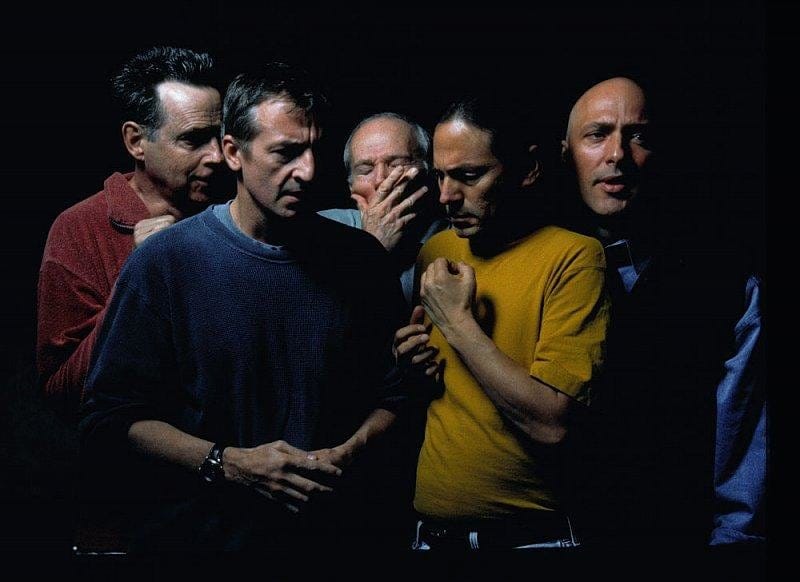
The renowned video artist Bill Viola passed away in his home on July 12, 2024 at the age of 73. Viola created videotapes, installations, performances, and productions for television broadcast, solidifying his reputation over decades of activity as one of the most significant practitioners of video art. His work was presented at Documenta 6 in 1977, the Museum of Modern Art in New York in 1979, the Whitney Biennial in New York in 1985, and he represented the United States at the 46th Venice Biennale in 1995.
Viola was born in Queens, New York in 1951 and attended P.S. 20 in Flushing, where he became the captain of the TV squad. When his high school received a Sony Portapak video camera and monitor as a donation, he was astounded by the dark blue glow that the screen emitted. This influenced him to start experimenting with the new technologies and to push the envelope of expressivity in the medium. Since this first encounter with video in high school, Viola had been fascinated with the multitude of possibilities that opened up for the visual expression of those themes which he held dearest: the idea of human consciousness, life, death and spirituality.

Viola received a BFA in Experimental Studios from Syracuse University in 1973, where he encountered Jack Nelson, who was his teacher and mentor; fellow student David Ross, who went to become the first video art curator; and artists Peter Campus and Nam June Paik. After graduation Viola moved to Florence, Italy, where he had his first major exhibition in Europe with the installation Il Vapore at Zone in 1975.
Through his video art, Viola delved into the heart of a broad spectrum of religious traditions, ranging from Zen Buddhism to Sufi Islam, while also drawing inspiration for his pieces from Western devotional art and Renaissance painting. By juxtaposing life and death, light and dark, noise and silence, Viola created works of great profundity which drew in viewers through an ingenious use of image and sound.

Throughout his career Viola's works were exhibited in prominent museums and galleries, including the Guggenheim Museum in New York, the Royal Academy of Art in London, the Whitney Museum of American Art and many others. He was the recipient of numerous prestigious fellowships and awards, including the MacArthur Foundation Fellowship (1989), the Skowhegan Medal (1993), XXI Catalonia International Prize (2009), the Praemium Imperiale from the Japan Art Association (2011), and he was made an Honorary Royal Academician (2017).
Recent exhibitions include: Musée de La Boverie in Liege, Princeton University Art Museum, Palazzo Reale in Milan and Museum der Moderne Salzburg, among others. Viola is survived by his wife Kira Perov, who has been the executive director of his studio since 1978, and their two children.
